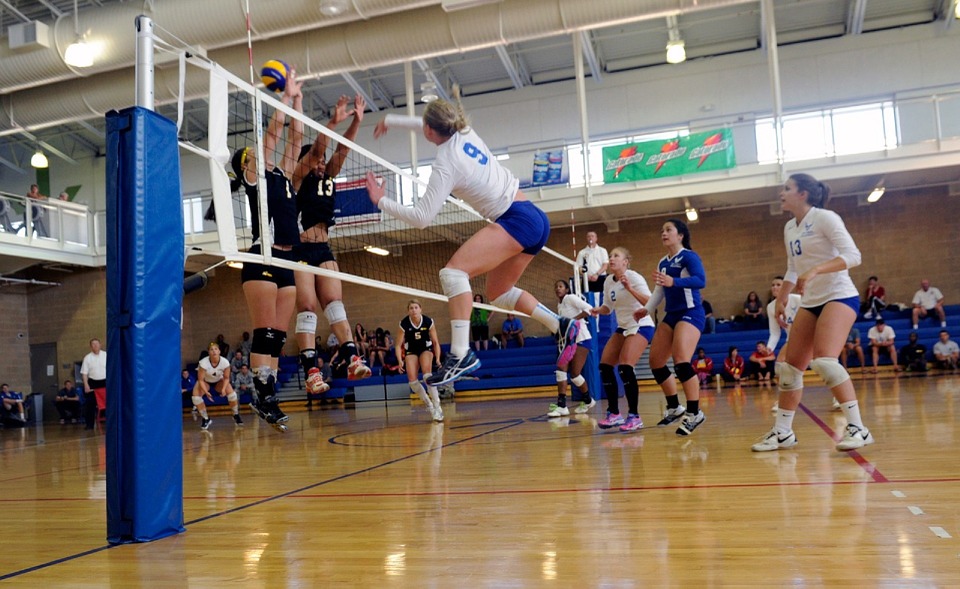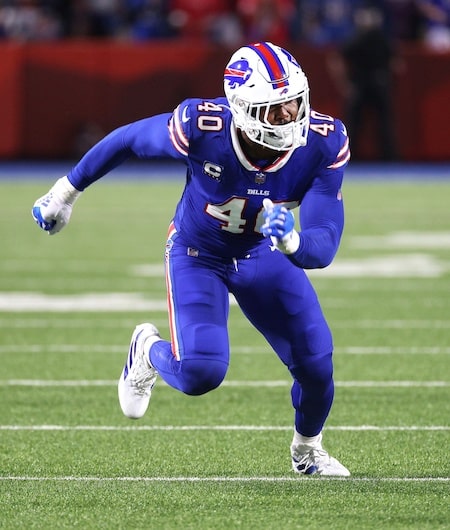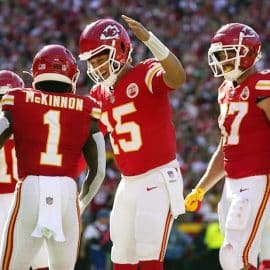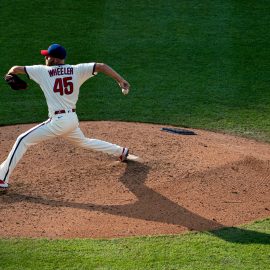For most people trying to lose weight, the fundamental principle is simple enough, and it can be summed up in four words: eat less, exercise more. For athletes, things are rarely that straightforward. Due to their higher muscle count, most athletes already have a low percentage of body fat; in their case, losing weight doesn’t necessarily equal losing fat. Athletes who don’t approach weight loss with care are risking loss of muscle mass, which can lead to all kinds of performance and health issues down the line.
Unfortunately, many athletes are trying to lose weight as quickly as possible in an attempt to give themselves a performance edge. They don’t have to look very far, as the market is flooded with weight loss programs promising quick fixes and swift results. However, most of these programs aim to achieve rapid weight loss through water and glycogen loss, which is something athletes should be avoiding at all costs. Other programs come with strict calorie restrictions that generally result in low carbohydrate intake, thus hampering the athletes’ training and recovery ability.
If weight loss programs are not an option, which fat loss strategy should athletes opt for? Though there is no guide that will help everyone, there are some useful general tips. First of all, athletes should plan to leave this matter for the off-season. Losing fat will always involve eating fewer calories, which will prevent you from competing at your best. Additionally, exercises that go above the usual training levels should be chosen very carefully, since they can often lead to overuse injuries.
Another thing that the athletes should do is to keep realistic expectations. Compared to most people trying to lose weight, athletes will generally lose less body fat per week on average, so it pays to stay patient. Tracking weight loss by weighing yourself on a daily basis is not a good idea, as athletes could get vastly different numbers from day to day. This mostly depends on factors such as glycogen storage, hydration status changes, menstrual cycle patterns and so on.
Of course, the most interesting question regarding this issue is whether the athletes should focus on eating less or exercising more. Recently, one group of researchers has tried to examine this matter by comparing these two approaches to weight loss. Their study involved two groups of three athletes; the first group was losing 1,000 calories per day by exercising more and maintaining their normal caloric intake, and the second group was shedding the same amount of calories by eating less and exercising as usual.
The study was concluded after seven days, and the results were somewhat surprising. The first group of participants managed to lose an average of 1.67 pounds of weight by exercising, but the second group lost an average of 4.75 pounds purely by eating less. In other words, this is a situation where a calorie is not just a calorie – at least in the short term. Taken by themselves, these results seem to indicate that restricting food intake is a more effective way of losing weight than increasing the training workload.
However, it’s important to note that the reduced-food-intake group also lost more muscle mass than the increased-workload group. As we’ve previously established, this is not a good trade-off for most athletes. Therefore, the key part of finding a viable weight loss plan is to find the right balance between diet and exercise. Additionally, athletes should strive to find a diet plan that allows them to maintain muscle mass and reduce calories at the same time. BistroMD is one such diet—featured in Dr. Phil’s popular show and winner of the “best home delivery diet meals” award.
Though diet plans like BistroMD are hard to find, one 1994 study can provide some helpful hints. During this study, 25 sedentary women were restricted to eating 800 calories per day for three weeks. Ten of these women were on a high-protein and low-carbohydrate diet, and fifteen of them ate a low-protein and high-carbohydrate diet. Both groups lost a comparable amount of weight, but the high-carbohydrate group experienced considerably greater muscle loss.
The conclusion is clear: athletes looking to lose fat should keep their protein intake at relatively normal levels. Ideally, 20 percent of your calories should come from protein – this is the best way to ensure that your metabolic rate and muscle mass will remain stable at all times. Obtaining protein from food is not difficult at all, so there’s really no excuse not to give this method a try.
Add The Sports Daily to your Google News Feed!







